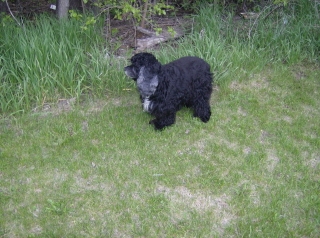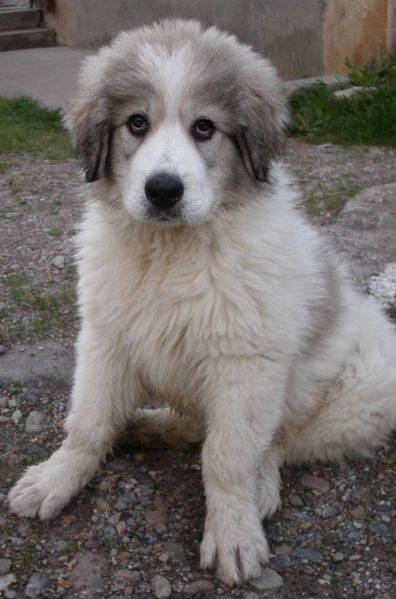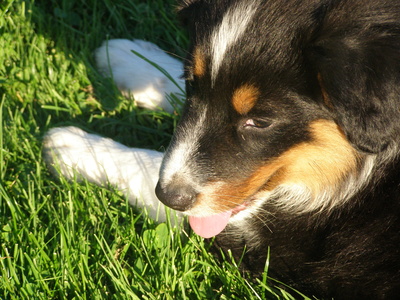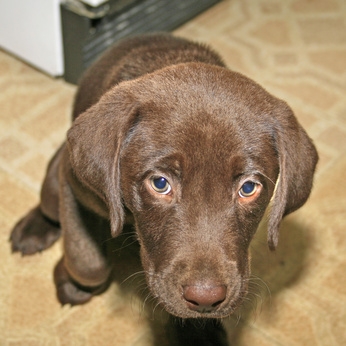The time and effort you put into pet training can yield many benefits. You may want to establish household rules, curb unwanted behavior, or keep your animal from danger. Or you may simply want to teach an intelligent animal to perform amusing tricks. Whatever your motivation, training will provide your pet with attention, encouragement and stimulating mental exercise. The most enjoyable and effective form of training makes use of positive reinforcement.
Animals are naturally keen to perform actions that they know will lead to positive outcomes. Positive reinforcement means rewarding your pet for good behavior, rather than punishing him for bad behavior. The rewards most commonly used in training are enthusiastic praise and a tasty morsel of food.
Although you may not be aware of it, you have probably already trained your pet using positive reinforcement. If your dog or cat stands near a door and barks or meows, and you open the door for them, they will associate their actions with the reward of being let in or out. The next time they want you to open the door, they will repeat the same behavior in anticipation of getting the same reward.
To train pets to do what you want them to do, you'll need to get them to perform actions in response to commands. Decide on a specific desired behavior and think of a cue word to prompt it. Single syllable commands such as 'down' or 'shake' are easier for animals to understand than two word phrases like 'lie down' or 'shake hands'.
As soon as your pet performs an action in response to a command, reward him with enthusiastic praise and a tasty treat. Always give the reward before the animal engages in any other behavior. If you are teaching a dog to obey the command 'sit', praise and feed him while he is still in a sitting position. If he moves first, he may think he is being rewarded for standing up.
To teach an animal to get off your favorite lounge chair or any other piece of furniture, use a simple command like 'off'. When you find your pet sitting where she shouldn't, go get one of her treats. Stand near the chair, make sure your pet is looking at you and say 'off' in a loud, clear voice. Gently push or lift the animal to the floor. Immediately praise her and hold the food to her mouth. Repeat the training process every time she climbs into the chair. After a number of trials, she will jump to the floor unassisted when she hears the word 'off'.
When an animal has learned to reliably respond to the cue word, you can gradually stop rewarding her with treats. But do persist in offering praise and affection in return for good behavior. Dogs are eager to please their owners and generally require no other motivation. Depending on their individual personalities, and the extent to which they have bonded with their owners, some cats and birds will also continue to obey commands once the food incentive is withdrawn.
Pet training requires patience on the part of both the teacher and the pupil. There will be good days and bad days. Do not continue with a dog training session if your pet seems tired or distracted. Never resort to scolding or punishment for bad performance. This will cause your animal to associate the cue word with negative consequences. Training should be an enjoyable experience that both you and your pet will be keen to repeat.

 How to Train Jug Puppies
How to Train Jug Puppies
How to Train
How to Train Jug Puppies
How to Train Jug Puppies
How to Train
 How to House Train a Full Grown Dog
How to House Train a Full Grown Dog
Ho
How to House Train a Full Grown Dog
How to House Train a Full Grown Dog
Ho
 Potty Training a Puppy While at Work
Potty Training a Puppy While at Work
P
Potty Training a Puppy While at Work
Potty Training a Puppy While at Work
P
 Indoor Grass & Sod for Potty Training Puppies
Indoor Grass & Sod for Potty Training Pupp
Indoor Grass & Sod for Potty Training Puppies
Indoor Grass & Sod for Potty Training Pupp
 Crate Training an 8 Week Old Lab Puppy
Crate Training an 8 Week Old Lab Puppy
Crate Training an 8 Week Old Lab Puppy
Crate Training an 8 Week Old Lab Puppy